The monitors that Dan Avila can't live without
SPONSORD BY BENQ
Getting an image right can become a bit of an obsession. As a travel photographer, I shoot in locations that I may never get back to, so I have one chance to get it right. Added to that, it’s highly varied work. A day shooting in the field can take me underwater with whales and sharks, to chasing wildlife in the bush, in beyond-freezing conditions on a glacier, or working with talent blending natural light and strobes. Almost every shoot is in a different environment and in constantly changing lighting conditions. I am a perfectionist and, to the limit of those elements in my control, I am only satisfied with the very best results.
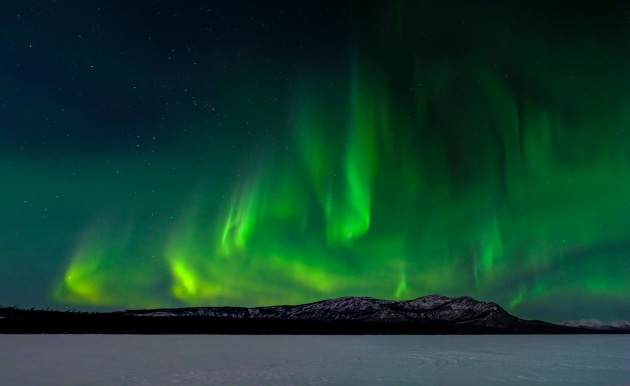
Like many photographers, I started by acquiring the very best in cameras and lenses. I now have a wonderful array of DSLRs and medium format cameras with the all the accoutrement for shooting in studio and in the field. Embarrassingly, I’d given little thought to adding a pro colour-accurate monitor to my critical workflow line-up. If I could turn back time, I would certainly do things differently.
I began searching for the right monitor after seeing my work in a copy of a prestigious hard-cover book. For this project, I was flown around the country to shoot and write on some of the best and most unique experiences in Australian tourism. I got some great images and was chuffed to make the book’s cover. I remember shooting a particular image which I knew to be a great capture. When I turned to this in the book, I was bitterly disappointed. The colours weren’t right. The luminosity wasn’t right. The client wasn’t aware, but I was gutted. Right then, I decided that I would not edit another RAW file without doing so on an accurate monitor.
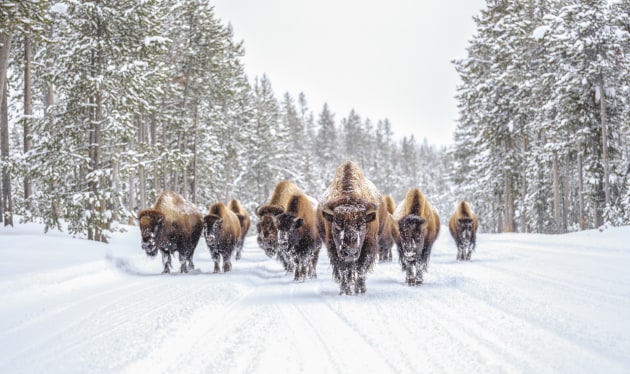
My research journey produced a list of suppliers and models, and in short order, I was the proud owner of the BenQ SW2700PT and SW320. These have revolutionised my workflow, but most importantly, restored my confidence to process files for dispatch to art directors and editors globally.
Price is important. Ultimately, the equipment used for my photographic business are tools. They are purchased because they do a job. Yes, there are monitors out there that boast a similar feature set to the BenQ SW series, but taking the monster SW32 for example, with its 4K UHD resolution, premium quality wide gamut – competitor’s products can be more than 3 times the price. This is one of the reasons I consider the SW series of monitors a genuinely disruptive product. The range is so affordable that BenQ has put these superb monitors in the hands of avid amateurs and pros alike, to level the playing field. When essential, quality equipment becomes affordable, then skill set and creativity separates the players – not budget. When I recently spoke to Chris Bai, BenQ’s colour scientist, while at CP+ in Japan, I asked him about the pricing policy of these specialist monitors. Chris said BenQ took the position that every photographer, pro and enthusiast, should have the opportunity to view and process their work on a colour-correct monitor.
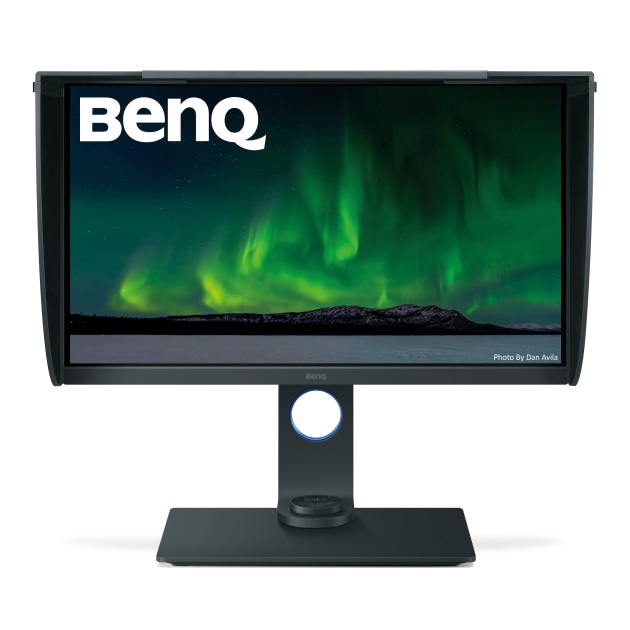
What’s different about using the SW series monitors is they come with a shroud which keeps glare off the screen. The shroud has a window on the top-deck to allow an X-Rite i1 colour calibrator to be used to calibrate the monitor using the BenQ software. The units easily flip from portrait to landscape orientation and moves up and down simply.
It is truly amazing to work on a super high resolution, medium format image file, on a 32-inch 4K monitor which shows off all the colours and tonal ranges that the camera sensor can collect. It is a pure joy. Viewing the images at this scale means that the full dynamic range of the shot is spread across a large area. If using a small monitor, the tonal gradations are therefore spread over a small space, which can deceptively lead to the image’s contrast seeming unrealistically high. The scale alone makes it far easier to accurately process RAW images.
As excited as I am to see images on the big BenQ’s, so are my clients. I set up in studio to tether which means that with about a three second delay between shooting and display, my clients can view the work in glorious resolution and in a large format. Clients love this immediate feedback and it makes the art director’s job so much easier.
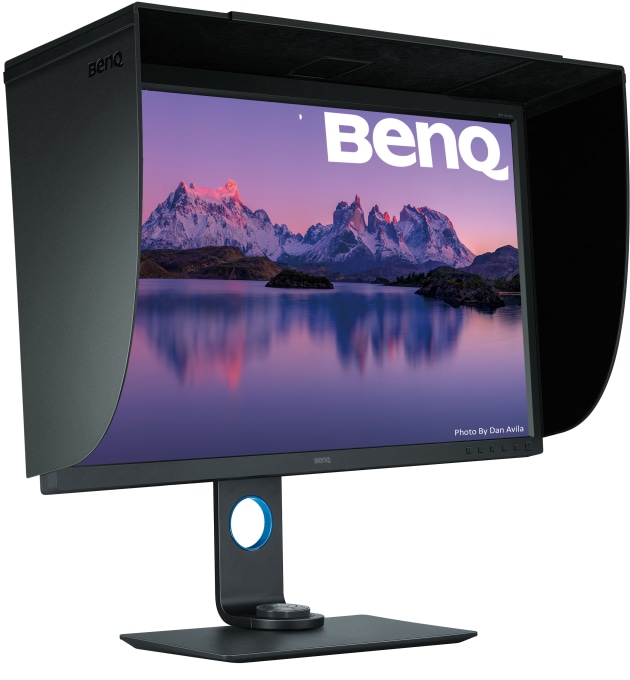
Colour space is paramount. It’s about knowing what’s going to happen to the final image. Viewing and editing an image in AdobeRBG is great for getting an image ready for print, but it produces an uncontrolled mess if uploaded to the web where it’s all about the more restrictive sRGB colour space. The monitors come with a proprietary ‘hockey puck’ which is small device with allows for a rapid switching between AbobeRBG, sRGB, monochrome, or custom. It may sound like a small deal, but like most photographers, I have to output a batch of images from a shoot for web, and then a selection for print. Flicking the switch allows me to make adjustments to any image to suit the final application. I then know the colour, contrast, luminosity, and feel of the shot will be absolutely perfect – or at least to adjusted to my eye.
The SW series has revolutionised my workflow and restored my confidence. Without question, I won’t work without of these monitors ever again.
About Dan Avila
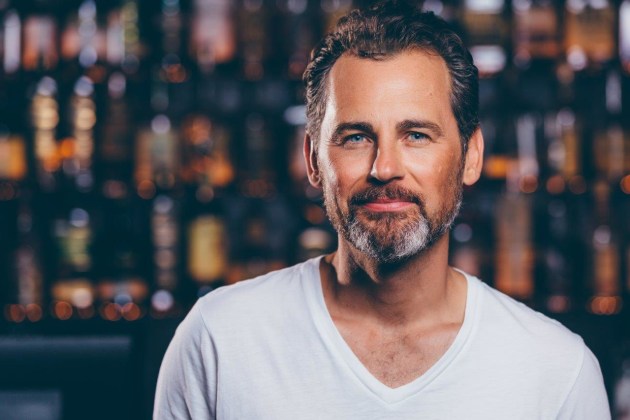
Dan Avila is a multi-award-winning photographer and travel writer producing travel content and shooting commercial tourism images and video around the world. Based in Fremantle, Western Australia, Dan has a photographic studio for commercial work, but most assignments are on location around the world. Dan is contracted by tourism authorities to shoot image libraries, advertising images, and video for international campaigns requiring world-class equipment and proven expertise in all aspects of travel photography, including underwater, landscape, aerial, lifestyle, people, and architecture. Dan is speaker at conventions on all aspect of travel photography, and as a passionate instructor leads photographic training expeditions to remote and unique locations.


